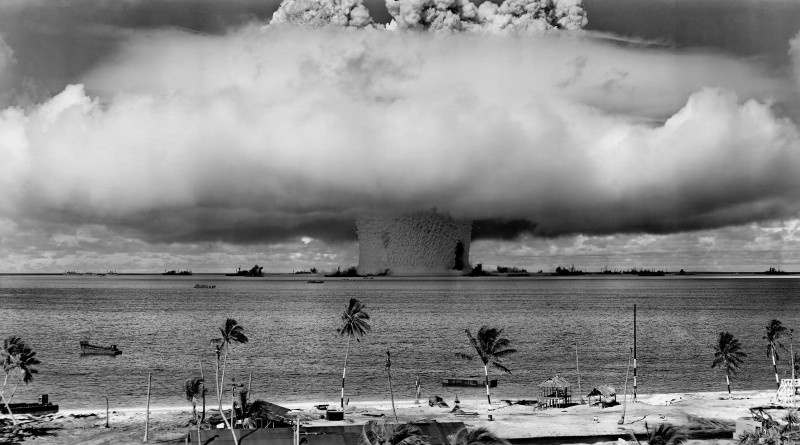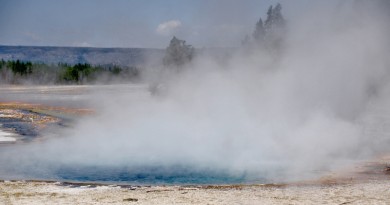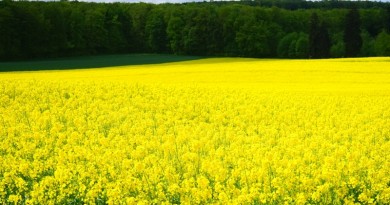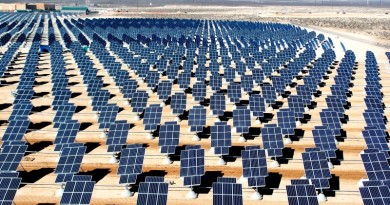Nuclear energy facts
Nuclear energy is non-renewable energy source. Read some interesting facts about nuclear energy:
- Nuclear energy is energy that is released either by splitting atomic nuclei or by forcing the nuclei of atoms together.
- Nuclear energy comes from mass-to-energy conversions that occur in the splitting of atoms. Albert Einstein’s famous mathematical formula E = mc2 explains this. The equation says: E [energy] equals m [mass] times c2 [c stands for the speed of light]. This means that it is mass multiplied by the square of the velocity of light.
Nuclear energy comes from mass-to-energy conversions.
- Nuclear energy is produced by a controlled nuclear chain reaction and creates heat—which is used to boil water, produce steam, and drive a steam turbine.
- Nuclear power can come from the fission of uranium, plutonium or thorium or the fusion of hydrogen into helium. Today it is almost all uranium. The basic energy fact is that the fission of an atom of uranium produces 10 million times the energy produced by the combustion of an atom of carbon from coal.
- Nuclear power plants need less fuel than ones which burn fossil fuels. One ton of uranium produces more energy than is produced by several million tons of coal or several million barrels of oil.
- In France, nuclear power is the most widespread, supplying 80 percent of the country’s electricity. A protest movement exists, called Sortir du Nucléaire, or “Get Out of Nuclear,” but it appears to have made little headway.
- Nuclear energy was first discovered accidentally by French physicist Henri Becquerel in 1896, when he found that photographic plates stored in the dark near uranium were blackened like X-ray plates, which had been just recently discovered at the time.
- As of 2004, nuclear power provided 6.5% of the world’s energy and 15.7% of the world’s electricity, with the U.S., France, and Japan together accounting for 57% of nuclear generated electricity.
- Nuclear energy (nuclear power) accounts for about 19 percent of the total electricity generated in the United States, an amount comparable to all the electricity used in California, Texas and New York, three most populous states.
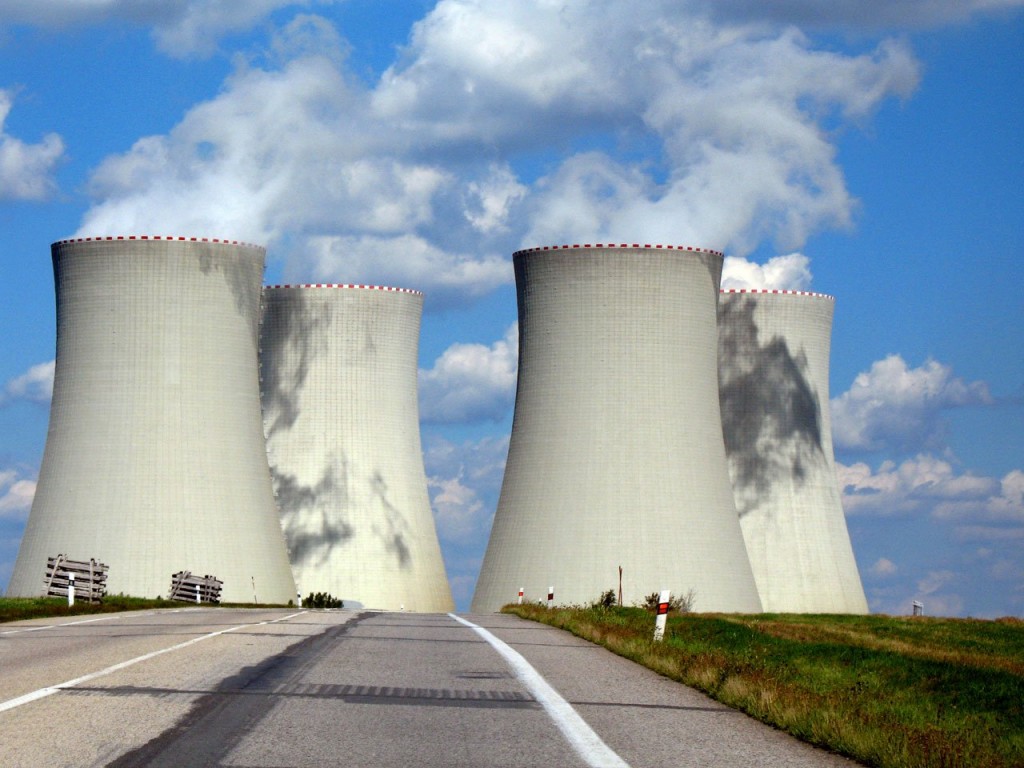
- There are 104 commercial nuclear generating units that are fully licensed by the U.S. Nuclear Regulatory Commission (NRC) to operate in the United States. Of these 104 reactors, 69 are categorized a pressurized water reactors (PWRs) totaling 65,100 net megawatts (electric) and 35 units are boiling water reactors (BWR) totaling 32,300 net megawatts (electric).
- On June 27, 1954, the USSRs Obninsk Nuclear Power Plant became the world’s first nuclear power plant to generate electricity for a power grid, and produced around 5 megawatts electric power.
- Russia has begun building floating nuclear power plants. The £100 million ($204.9 million, 2 billion руб) vessel, the Lomonosov, to be completed in 2010, is the first of seven plants that Moscow says will bring vital energy resources to remote Russian regions.
- The International Nuclear Event Scale (INES), developed by the International Atomic Energy Agency (IAEA), is used to communicate the severity of nuclear accidents on a scale of 0 to 7.
- The Chernobyl disaster in 1986 at the Chernobyl Nuclear Power Plant in the Ukrainian Soviet Socialist Republic (now Ukraine) was the worst nuclear accident in history and is the only event to receive an INES score of 7.
- Nuclear energy is released by three exothermic processes:
- Radioactive decay, where a proton or neutron in the radioactive nucleus decays spontaneously by emitting a particle
- Fusion, two atomic nuclei fuse together to form a heavier nucleus
- Fission, the breaking of heavy nucleus into two nuclei
- The sun uses nuclear fusion of hydrogen atoms into helium atoms. This gives off heat and light and other radiation.
- Nuclear energy is really making a comeback because nuclear energy has virtually none greenhouse gases emission and therefore isn’t warming the planet and causing global warming like some other energy sources.
The sun uses nuclear fusion of hydrogen atoms into helium atoms.
- Building trust and increasing confidence in the use of nuclear energy are vital elements for public acceptance in democratic societies.
- Nuclear energy is now very safe source of energy because safety measures are taken to its maximum so new Chernobyl is very unlikely to happen.
- Compared to other non-carbon-based and carbon-neutral energy options, nuclear power plants require far less land area. For a 1,000 MW plant, site requirements are estimated as follows: nuclear, 1-4 km2; solar or photovoltaic park, 20-50 km2; a wind field, 50-150 km2; and biomass, 4,000-6,000 km2.
- Nuclear power is the only energy industry which takes full responsibility for all its wastes, and costs this into the product.
- Nuclear energy would be dominant source of energy by now if it hadn’t been Chernobyl and Three Miles island (nuclear disasters).
- Nuclear energy can be very destroying. Hiroshima and Nagasaki are to date the only attacks with nuclear weapons in the history of warfare. The bombs killed as many as 140,000 people in Hiroshima and 80,000 in Nagasaki by the end of 1945, roughly half on the days of the bombings.
